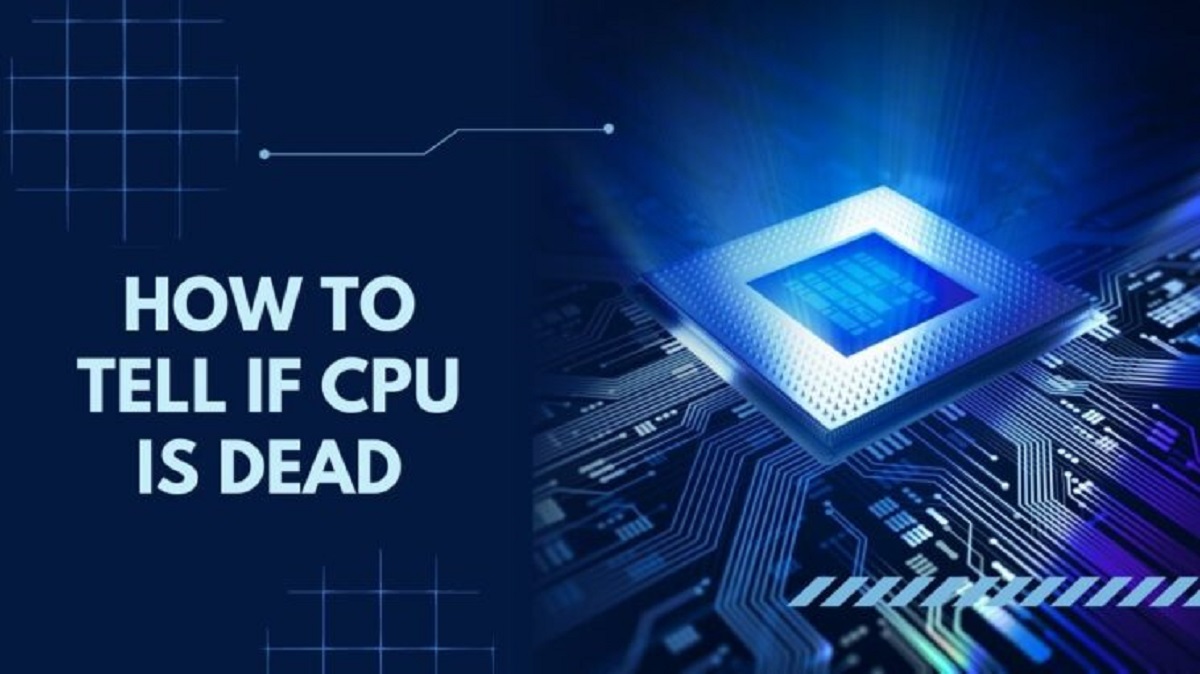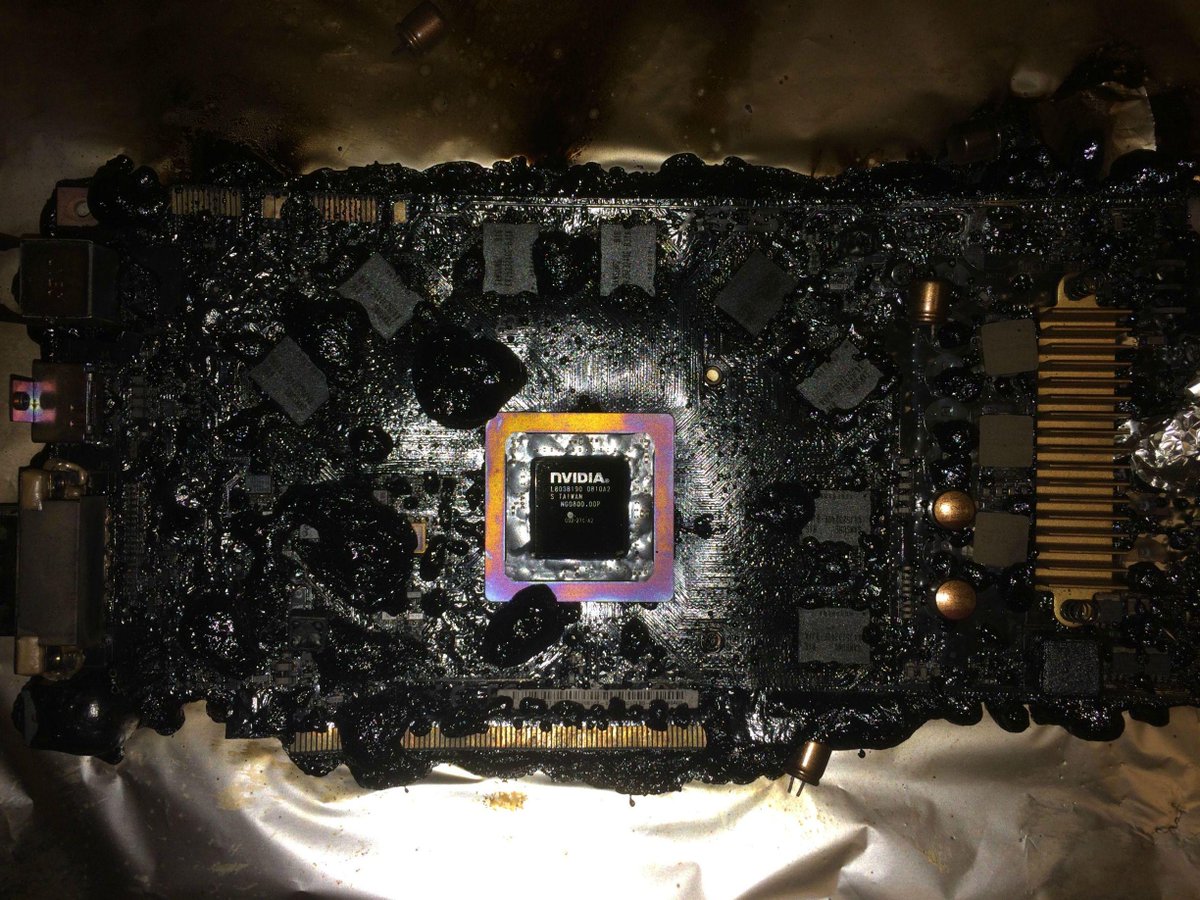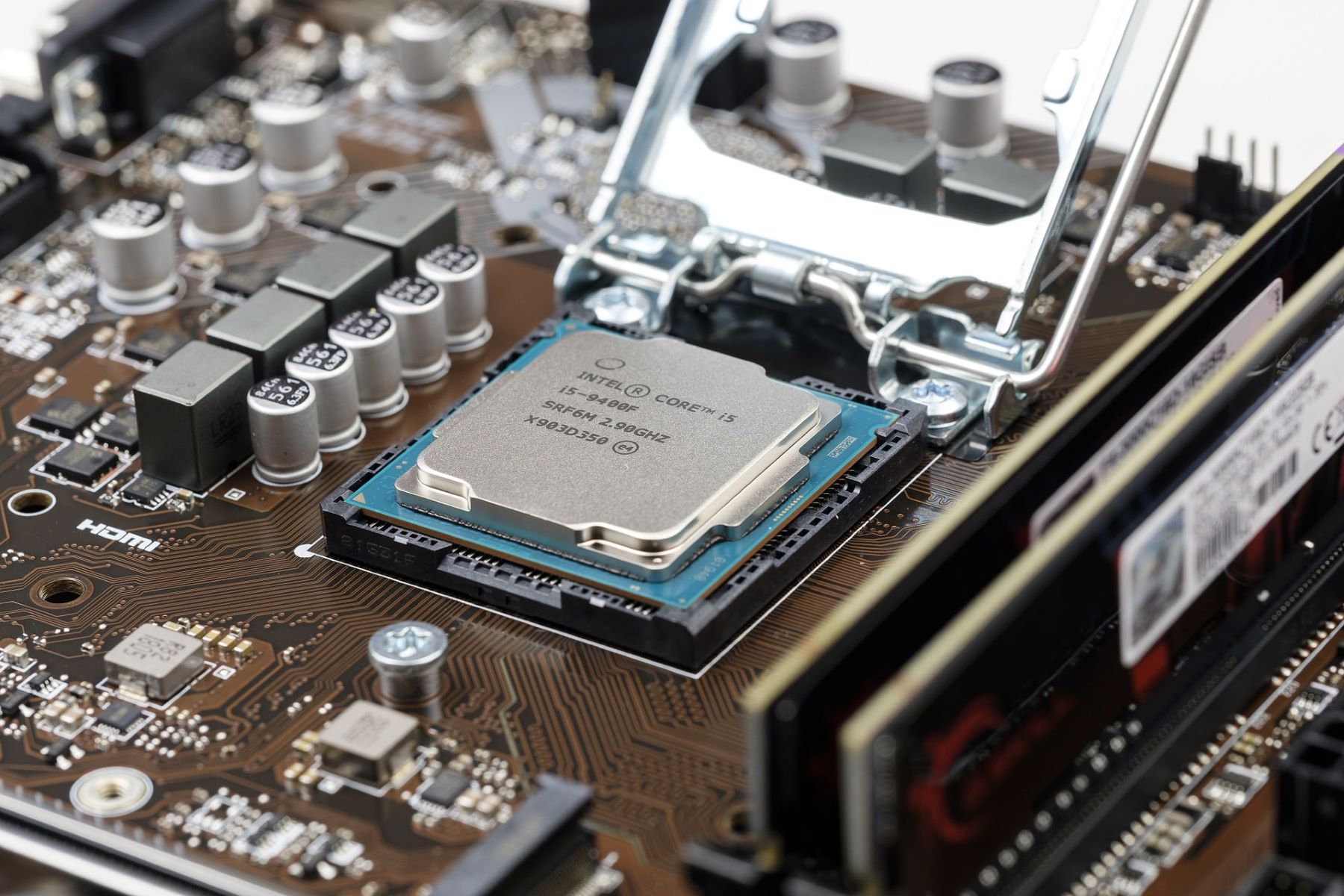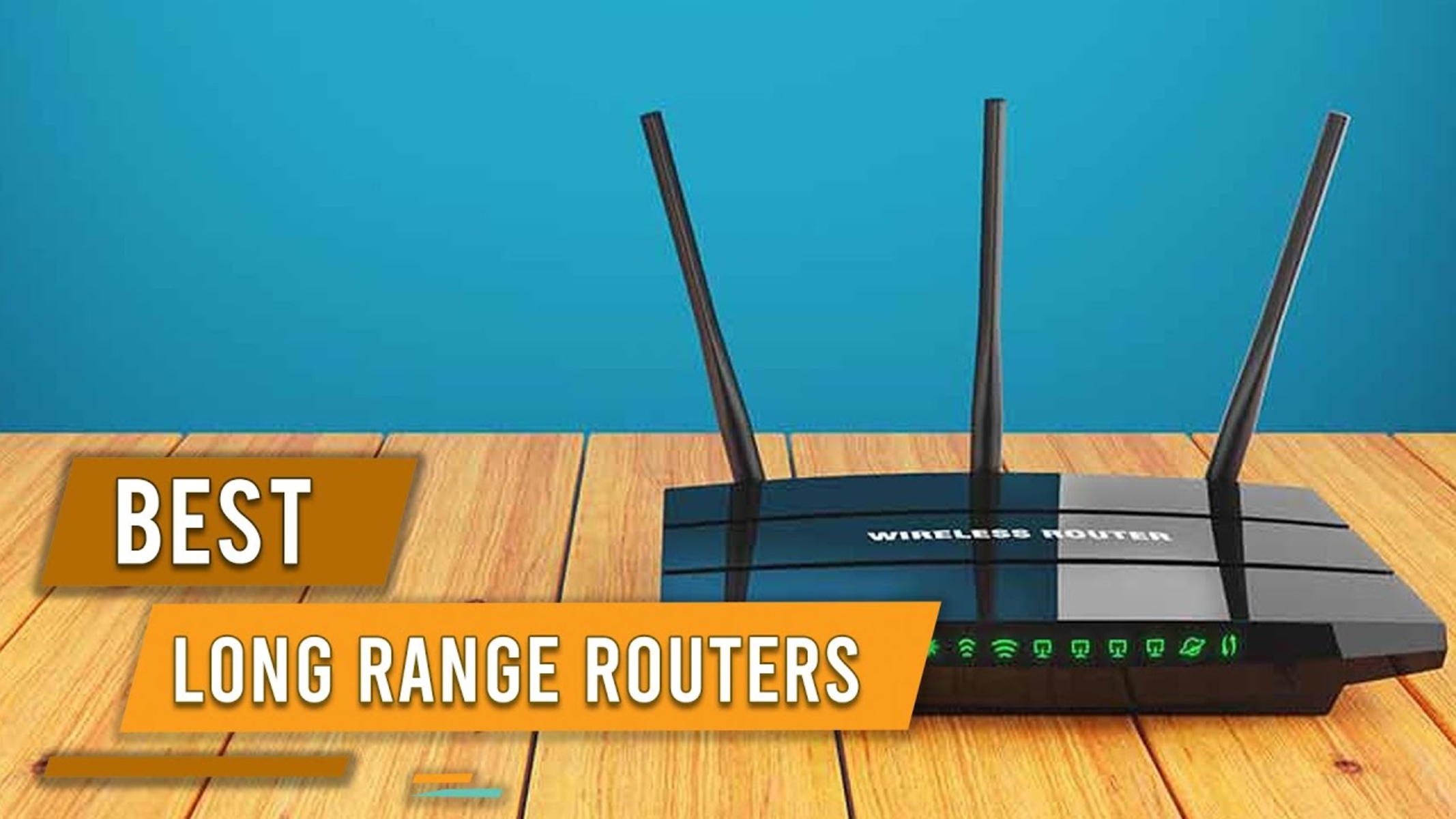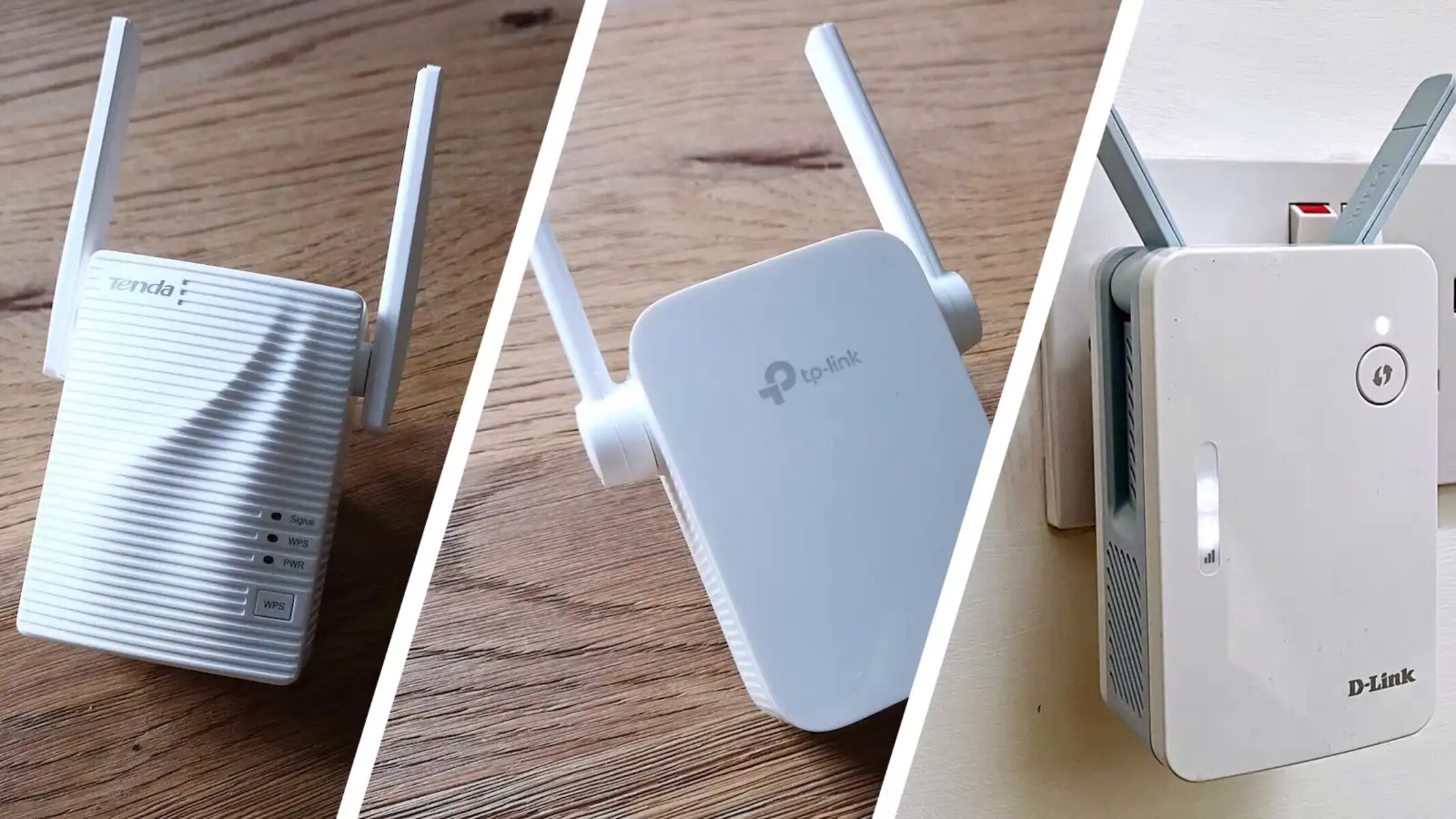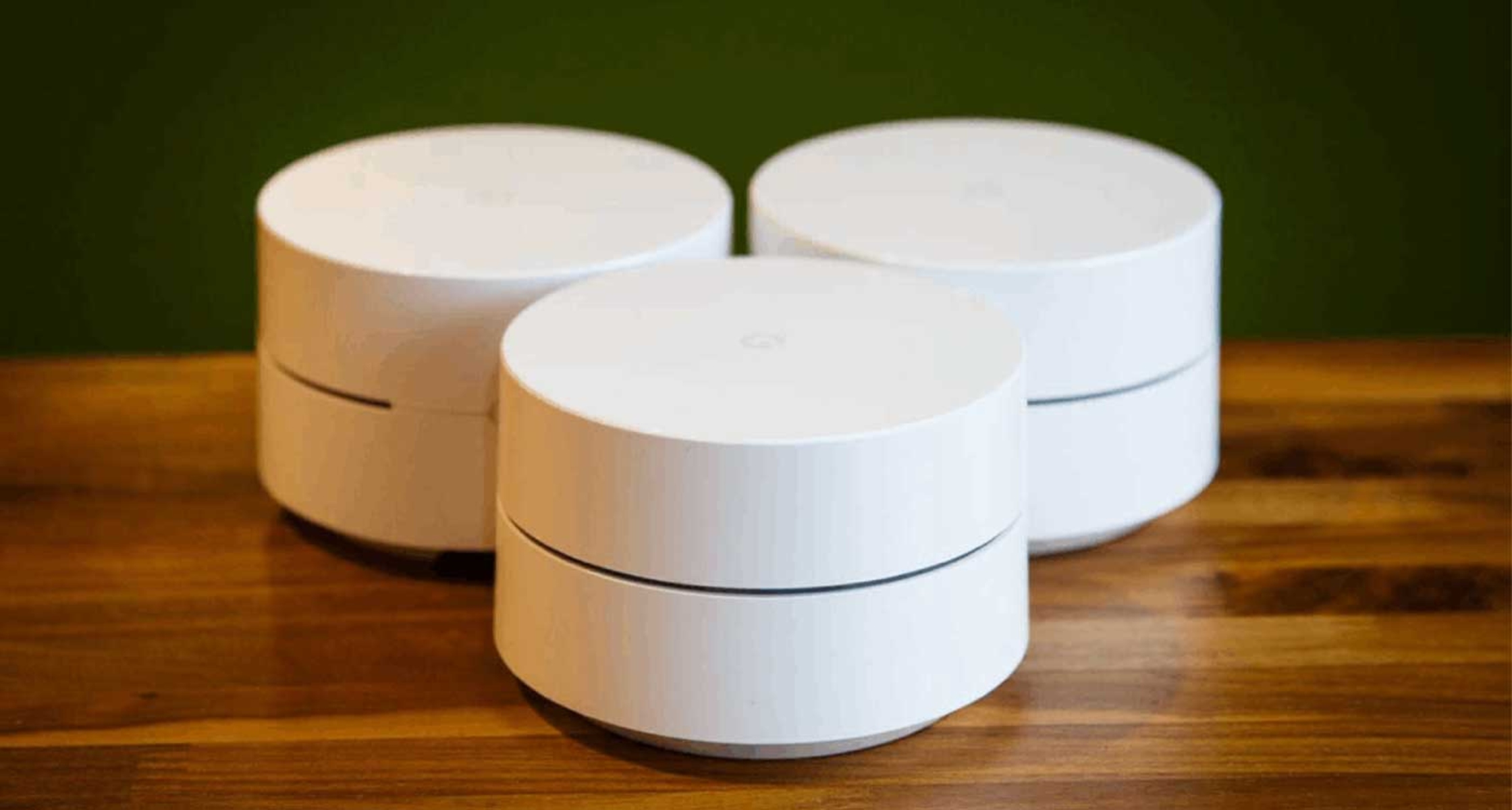Introduction
Having a dead CPU can be a frustrating experience for any computer user. The CPU (Central Processing Unit) is the brain of the computer, responsible for executing instructions and performing calculations. When it stops functioning properly, your entire system can grind to a halt.
In this article, we will explore the signs that indicate your CPU might be dead. These signs range from power-related issues to performance problems and physical damage. By understanding these signs, you can troubleshoot and determine if your CPU is indeed the culprit behind your computer woes.
It’s important to note that a dead CPU is not a common occurrence, as they are built to be durable and reliable. However, hardware failures can happen, and it’s essential to identify them accurately to make informed decisions regarding repairs or replacements.
If you suspect your CPU may be dead, this article will guide you through the various signs to look out for and the necessary steps to verify if your CPU is indeed the problem. It’s always best to consult a professional if you’re unsure or if you don’t have experience dealing with hardware issues.
Signs of a Dead CPU
A dead CPU can manifest itself in various ways, indicating that there is a problem with this vital component of your computer. Here are some common signs to look out for:
- No Power and Unresponsive: One of the fundamental signs of a dead CPU is when your computer fails to power on or respond when you press the power button. If you don’t hear any fans spinning or any lights turning on, it could indicate a problem with your CPU.
- No Boot or System Failure: Another sign of a dead CPU is when your computer fails to boot or experiences frequent system failures. If you see error messages like “no bootable device” or your system consistently crashes during the boot process, it’s possible that the CPU is not functioning properly.
- Frequent System Crashes and Blue Screens: If your computer frequently crashes or shows the infamous “blue screen of death,” it could be a symptom of a dead CPU. The CPU’s inability to function correctly can cause instability in the system, resulting in crashes and error messages.
- Overheating and Loud Fan Noise: A faulty CPU can lead to overheating, causing your computer’s fans to spin louder than normal. If you notice excessive heat or hear the fans working harder than usual, it may indicate that the CPU is not cooling properly, potentially due to a hardware issue.
- Failure to Recognize Peripherals or Devices: If your computer fails to recognize peripherals such as USB devices, external hard drives, or graphics cards, it could be indicative of a dead CPU. The CPU plays a crucial role in managing and communicating with these devices, so when it’s not functioning correctly, they may not be recognized by the system.
- Unusual Error Messages and Slow Performance: An unresponsive or dead CPU can cause the system to display unusual error messages or exhibit sluggish performance. If you notice slow program execution, lag, or error messages that are not typical for your computer, it’s worth investigating the CPU as a potential culprit.
- Burnt or Damaged CPU: In some cases, physical damage to the CPU can be a clear indication that it’s dead. Look for signs of burn marks, bent pins, or any visible damage on the CPU itself. This type of physical damage can prevent the CPU from functioning correctly.
Keep in mind that experiencing one or two of these symptoms does not necessarily mean your CPU is dead. It’s essential to consider other factors and perform further diagnostic tests to confirm the issue before concluding that your CPU is indeed dead.
No Power and Unresponsive
One of the most apparent signs of a dead CPU is when your computer shows no signs of power and remains unresponsive when you attempt to turn it on. This can be a frustrating situation, as the lack of power indicates a severe hardware issue.
When you press the power button, your computer should respond by turning on its fans, lighting up indicators, and displaying the manufacturer’s logo or the startup screen. However, if none of these things happen, it suggests that there might be a problem with your CPU.
There can be several reasons why your computer shows no power. It’s important to rule out other possibilities before concluding that your CPU is dead. Start by checking the power connection to ensure it is securely plugged into an electrical outlet or power strip. Additionally, inspect the power cable and make sure it is not damaged or frayed.
If the power connection seems fine, the next step is to check the power supply unit (PSU). A faulty PSU can cause the computer to appear unresponsive. You can verify this by testing the PSU with a multimeter or replacing it with a known working one. If the computer still does not power on, it’s worth considering the CPU as a potential cause.
It’s important to note that a dead CPU is not always the result of a sudden failure. In some cases, the CPU may have gradually deteriorated over time, leading to the no power and unresponsiveness. This can occur due to factors like overheating, improper cooling, or power surges.
If you suspect that your CPU is dead, you may want to consult a professional technician or the manufacturer’s support for further guidance. They will be able to provide you with specific troubleshooting steps to identify the cause and determine if your CPU needs to be replaced.
No Boot or System Failure
Another sign that your CPU may be dead is when your computer fails to boot or experiences frequent system failures. If you press the power button and nothing happens, or if you see error messages like “no bootable device” during startup, it could indicate a problem with your CPU.
When you turn on your computer, it goes through a startup process called booting. This process involves the CPU executing instructions that initialize the hardware components and load the operating system into memory. If the CPU is not functioning correctly, it may prevent the system from booting up successfully.
One possible cause of no boot or system failure is an issue with the CPU’s microcode, which contains instructions for its operation. If the microcode becomes corrupted or outdated, it can prevent the CPU from properly initializing and executing the necessary instructions for the boot process.
Another potential reason for system failure is a failure in the CPU’s integrated memory controller. This controller manages communication between the CPU and the system’s memory. If the memory controller malfunctions or fails, it can lead to booting issues or system failures.
To troubleshoot this problem, you can try resetting the BIOS/UEFI settings to their default values. This can help to resolve any conflicting configurations that might be affecting the CPU’s ability to boot. You can also try clearing the CMOS (Complementary Metal-Oxide-Semiconductor) settings by removing the CMOS battery or using the CMOS clear jumper on the motherboard.
If resetting the BIOS/UEFI settings does not resolve the issue, you might consider testing the CPU in another system to determine if it is indeed the cause of the no boot or system failure. This can help confirm whether the problem lies with the CPU or with other hardware components.
In some cases, a dead CPU may also cause the computer to display error messages during the boot process or experience frequent system crashes. These can be indications that the CPU is unable to handle the processing load or that it is malfunctioning.
If you suspect that your CPU is responsible for the no boot or system failure, you should consult a professional technician or contact the manufacturer’s support for further assistance. They will be able to recommend appropriate diagnostic steps or guide you on the best course of action to resolve the issue.
Frequent System Crashes and Blue Screens
Frequent system crashes and encountering the dreaded “blue screen of death” (BSOD) can be indicative of a dead CPU. The CPU plays a crucial role in executing instructions and managing the flow of data within your computer. If it’s not functioning correctly, it can result in system instability and erratic behavior.
System crashes occur when the computer unexpectedly shuts down or restarts without any warning. This can happen during normal usage or when performing specific tasks that put a heavy load on the CPU. If you notice that your computer frequently crashes, especially during resource-intensive activities like gaming or running demanding software, it may indicate a problem with your CPU.
The Blue Screen of Death (BSOD) is a notorious error screen that appears when the system encounters a critical error and cannot continue running. This error screen contains information about the error and usually prompts the user to restart the computer. If you frequently encounter the BSOD, it could be a sign that your CPU is dead or malfunctioning.
There are several reasons why a dead CPU can cause frequent crashes and blue screens. One possibility is that the CPU is overheating. Overheating can occur if the CPU’s cooling system is not functioning properly, the thermal paste has degraded, or the CPU fan is not working correctly. When the CPU overheats, it can lead to system instability, crashes, and ultimately the Blue Screen of Death.
Another possible cause of frequent crashes is a faulty CPU cache. The CPU cache is a small, high-speed memory integrated into the CPU that stores frequently accessed data. If the cache becomes corrupted or malfunctions, it can result in data corruption, memory errors, and system crashes.
To address frequent system crashes and blue screens, you can start by checking the CPU’s temperature. Ensure that the CPU fan is spinning correctly and that the heatsink is clean and free from dust build-up. You may also want to consider reapplying thermal paste to improve heat transfer between the CPU and the cooling system.
It’s also worth running diagnostic tests to check for any CPU cache errors or issues. Many software utilities are available that can help diagnose CPU-related problems and provide detailed information about the CPU’s performance and health.
If you have addressed the possible heat-related issues and tested the CPU with reliable diagnostic tools, yet the frequent crashes and blue screens persist, it’s advisable to seek professional assistance. A qualified technician can conduct more in-depth diagnostics and recommend further steps, such as replacing the CPU if necessary.
Overheating and Loud Fan Noise
Overheating and excessive fan noise are common symptoms associated with a dead CPU. The CPU is a powerful component that generates heat during operation. To prevent damage, it relies on a cooling system, consisting of a heatsink and fan, to dissipate this heat. When the CPU is not functioning correctly, it can lead to overheating and cause the fan to spin faster and louder than usual.
Overheating occurs when the CPU’s temperature rises above its recommended operating range. Several factors can contribute to CPU overheating, including a malfunctioning CPU fan, a blocked heatsink, a lack of proper airflow within the computer case, or exposure to high ambient temperatures.
To identify if your CPU is overheating, you can monitor its temperature using software tools designed for this purpose. If the CPU temperature exceeds the recommended threshold, it indicates a potential problem.
One of the main causes of overheating is a malfunctioning CPU fan. The CPU fan is responsible for drawing cool air into the heatsink, which helps to dissipate heat. If the fan is not functioning correctly or spinning at a slower speed, it can result in inadequate cooling and cause the CPU to overheat.
Loud fan noise is another indication of a potential CPU issue. When the CPU overheats, the fan compensates by spinning faster to cool it down. This can lead to a noticeable increase in fan noise, as it tries to dissipate the excessive heat generated by the CPU. If you notice that your CPU fan is consistently loud, it could be a sign that your CPU is struggling and possibly dead.
To address overheating and loud fan noise, you can start by cleaning the heatsink and fan to remove any dust or debris that might be blocking airflow. Make sure that the fan is securely attached to the heatsink and that it spins freely. Additionally, ensure that the CPU fan’s power connector is properly connected to the motherboard.
If cleaning and ensuring proper connections do not resolve the issue, it may be necessary to replace the CPU fan or heatsink. A malfunctioning fan or a worn-out heatsink can impede proper cooling and contribute to CPU overheating.
If the CPU continues to overheat even after replacing the fan or heatsink, it is advisable to consult a professional technician. They can perform in-depth diagnostics to determine if your CPU is indeed dead or if there are other factors contributing to the overheating problem.
Failure to Recognize Peripherals or Devices
When your computer fails to recognize peripherals or devices, such as USB devices, external hard drives, or graphics cards, it could be a sign of a dead CPU. The CPU plays a crucial role in managing and communicating with these devices, and if it’s not functioning properly, it may result in their failure to be recognized by the system.
There are several reasons why a dead CPU can cause failures in peripheral and device recognition. One possibility is that the CPU’s integrated USB controller or PCI-E controller, responsible for managing the connections and communication with these devices, is malfunctioning. This can prevent the CPU from properly detecting and interacting with them.
If your computer is having trouble recognizing USB devices, you can try the following troubleshooting steps:
- Ensure that the USB devices are properly connected and that the cables are in good condition.
- Check if the USB ports are functioning correctly by testing with different devices.
- Inspect the USB drivers in Device Manager and update or reinstall them if necessary.
- Reset the USB controllers by unplugging the power cable from the computer and holding down the power button for 15-20 seconds.
If these steps do not resolve the issue and your computer still fails to recognize the peripherals, it’s worth considering the possibility of a dead CPU. In such cases, consulting a professional technician or the manufacturer’s support is highly recommended.
Furthermore, if your computer is unable to detect a graphics card or if you experience display issues, such as a blank screen or low-resolution output, it can be an indication of a dead CPU. The CPU communicates with the graphics card through the PCI-E slot, and if there is a problem with the CPU, it may result in the failure of the graphics card to be recognized or function properly.
To troubleshoot graphics card-related issues, you can try the following steps:
- Ensure that the graphics card is properly seated in the PCI-E slot and that all power connectors are securely attached.
- Check if the graphics card is compatible with your motherboard and meets the necessary system requirements.
- Update or reinstall the graphics card drivers to the latest version.
- If possible, test the graphics card on another system to determine if it is functioning correctly.
If none of these steps resolve the issue and your computer still fails to recognize the graphics card, it’s advisable to consult a professional technician for further assistance. They can help determine if the CPU is the cause of the problem or if there are other underlying hardware or software issues.
Unusual Error Messages and Slow Performance
Experiencing unusual error messages and slow performance can be indications of a dead CPU. The CPU is responsible for executing instructions and performing calculations in your computer. If it’s not functioning correctly, it can result in errors and reduced performance.
When the CPU is dead or malfunctioning, you may encounter error messages that are out of the ordinary or unrelated to specific software or hardware. These error messages may appear randomly or consistently, and they can vary in nature, ranging from memory access violations to system instability warnings. If you notice frequent unusual error messages, it’s worth considering the possibility of a dead CPU.
Slow performance can also be a symptom of a dead CPU. The CPU’s processing power directly affects the speed and responsiveness of your computer. If the CPU is not operating at its full capacity or if it’s unable to handle the required tasks, it can slow down the overall performance of your system.
There can be several underlying reasons for slow performance when the CPU is dead or malfunctioning. These include issues with the CPU’s clock speed, cache memory, or microarchitecture. When the CPU’s performance is compromised, it can result in slower program execution, laggy response times, and delays in performing tasks.
To address unusual error messages and slow performance, you can try the following steps:
- Scan your computer for malware or viruses that could be affecting the CPU’s performance. Malware can cause your CPU to work harder and result in unusual error messages and slow performance.
- Check your computer’s temperature to ensure that overheating is not the cause of the CPU’s poor performance. If necessary, clean the cooling system, replace thermal paste, or improve airflow within your computer case.
- Update your system’s drivers, including those related to the CPU, to the latest versions. Outdated or incompatible drivers can cause errors and degrade performance.
- Perform a thorough system scan and repair any corrupted system files. Corrupted files can lead to error messages and performance issues.
If these steps do not resolve the issue and you continue to experience unusual error messages and slow performance, it’s advisable to seek professional assistance. A technician can perform in-depth diagnostics, including stress tests and hardware checks, to identify the cause of the problem and determine if the CPU is indeed dead or if there are other underlying issues that need to be addressed.
Remember that slow performance can also be caused by other factors, such as insufficient RAM, a fragmented hard drive, or outdated software. It’s essential to consider these factors in conjunction with the CPU’s health when troubleshooting the problem.
Burnt or Damaged CPU
A visibly burnt or physically damaged CPU is a clear indication that it may be dead or malfunctioning. The CPU is a delicate component, and any damage to its internal circuits or connectors can render it inoperable.
Burnt or blackened areas on the CPU can occur due to several reasons, including overheating, power surges, or improper installation. When the CPU becomes too hot or is subjected to excessive voltage, it can result in damage to its internal components.
Physical damage, such as bent or broken pins, cracked ceramic casing, or signs of corrosion, can also indicate a dead or damaged CPU. Mishandling during installation or removal, accidental drops, or exposure to liquid can cause physical damage to the CPU.
If you suspect that your CPU is burnt or damaged, it’s crucial to handle it with care and avoid further damage. Here are steps to verify the condition of a burnt or damaged CPU:
- Visually inspect the CPU for any visible signs of burns, discoloration, or physical damage. Be cautious when handling the CPU and avoid touching the pins or the delicate surface.
- If you suspect overheating as the cause, check the cooling system, including the fan, heatsink, and thermal paste. Ensure that the cooling system is functioning correctly and that airflow is not restricted.
- In the case of physical damage, such as bent or broken pins, it’s best to consult a professional technician or the CPU’s manufacturer for guidance on possible repairs or replacement.
- If the CPU’s casing is cracked or damaged, it’s recommended to replace the CPU entirely, as the structural integrity of the CPU may be compromised, affecting its performance and functionality.
- Consider testing the CPU in another system if possible to verify its functionality and determine if it is indeed dead or damaged. However, exercise caution to avoid damaging other components.
If you determine that your CPU is burnt or damaged beyond repair, you will need to replace it. Consult the CPU’s manufacturer for compatible replacements, or seek assistance from a professional technician who can guide you through the process of selecting and installing a new CPU.
It’s important to take preventive measures to avoid CPU burnout or damage in the future. This includes proper cooling, regular cleaning of the cooling system, using a reliable power supply, and following recommended handling procedures during installation or removal of the CPU.
Steps to Verify a Dead CPU
If you suspect that your CPU may be dead, it’s important to follow a systematic approach to verify its condition. Here are the steps you can take to confirm if your CPU is indeed dead:
- Check Power Supply: Ensure that your computer is receiving a proper power supply. Verify that all power connections are securely attached and that the power outlet or power strip is functioning correctly. If there’s still no power, it could indicate an issue beyond the CPU.
- Inspect the Motherboard: Examine the motherboard for any physical damage, such as blown capacitors or burnt traces. Inspect the CPU socket for any bent pins or signs of damage. If you find any issues in the motherboard or CPU socket, it can affect the CPU’s functionality.
- Test the CPU on Another System: If possible, try installing the suspect CPU in another system to see if it functions properly. Connect the CPU fan, power supply, and monitor to the test system. If the CPU doesn’t work in the other system or shows the same symptoms, it is likely dead or malfunctioning.
- Consult a Professional: If you’re unsure about performing the previous steps or if you still have doubts about the CPU’s condition, it’s recommended to seek assistance from a professional technician. They have the tools and expertise to diagnose hardware issues and can help verify if your CPU is dead or if there are other underlying problems.
Remember that these steps are intended to help you verify the condition of your CPU. Proper troubleshooting and diagnosing hardware issues can sometimes be complex, and it’s always best to consult professional assistance if you’re uncertain or lack experience in dealing with hardware components.
In some cases, other hardware components or software issues can exhibit similar symptoms to a dead CPU. Therefore, it’s important to consider these factors as well during the verification process. By identifying the root cause of the problem accurately, you can make informed decisions regarding repairs or replacements.
Once you have confirmed that your CPU is dead, you may need to explore options such as purchasing a new CPU that is compatible with your motherboard or considering a system upgrade if necessary. Consult with a professional or refer to the CPU’s manufacturer for guidance on suitable replacements based on your system’s specifications.
Check Power Supply
When suspecting a dead CPU, the first step is to check the power supply to ensure that your computer is receiving a consistent and proper power supply. A malfunctioning power supply can cause various issues, including the CPU not receiving sufficient power to function properly.
To check the power supply, follow these steps:
- Power Connection: Ensure that the power cable connected to your computer is securely plugged into an electrical outlet or power strip. Sometimes, a loose connection can lead to a lack of power.
- Power Cable Condition: Inspect the power cable for any signs of damage, such as frayed wires or exposed insulation. If you notice any damage, replace the power cable as it can cause intermittent power supply issues.
- Power Supply Unit (PSU): Check if the power supply unit is functioning correctly. You can do this by testing the PSU with a multimeter or by replacing it with a known working PSU. Make sure to follow proper safety precautions when dealing with electrical components.
- Power Indicator: Look for any signs of power, such as LED lights or fans spinning, when you press the power button. If there are no signs of power at all, it might indicate a power supply or motherboard issue rather than a dead CPU.
If the power supply appears to be functioning correctly and there are no signs of power when you turn on the computer, it could indicate a problem with the motherboard or CPU. It’s important to note that power-related issues can have multiple possible causes, and further troubleshooting may be required to identify the exact cause accurately.
If you’re unsure or uncomfortable performing these checks on your own, it’s best to consult a professional technician or contact the manufacturer’s support for assistance. They can provide guidance tailored to your specific situation and help ensure that the power supply is not the cause of the dead CPU.
By checking the power supply as the first step, you can rule out any potential power-related issues and focus on other possible causes if the power supply is functioning correctly. This systematic approach helps in narrowing down the potential sources of the problem and can save time and effort in identifying the true cause of the dead CPU.
Inspect the Motherboard
After checking the power supply, the next step in verifying a dead CPU is to inspect the motherboard. The motherboard is the main circuit board that connects and provides power to all the components in your computer, including the CPU.
Inspecting the motherboard involves examining it for any physical damage or signs of malfunction that could impact the CPU’s functionality. Here’s how you can inspect the motherboard:
- Physical Damage: Carefully check the motherboard for any visible signs of physical damage, such as blown capacitors, burnt components, or bent pins in the CPU socket. Look for discolored areas or signs of corrosion, which can indicate issues with the motherboard or CPU.
- CPU Socket: Inspect the CPU socket to ensure that there are no bent or broken pins. Misaligned or damaged pins can prevent proper contact between the CPU and the motherboard, leading to a dead CPU. Be cautious when handling the CPU socket, as it is delicate.
- Expansion Slots and Connectors: Check the expansion slots, such as PCI-E slots and RAM slots, to ensure they are free from damage or debris. Make sure that any connectors or cables attached to the motherboard are securely connected and not loose or damaged.
- Visual Inspection: Look for any signs of burn marks, melted components, or blown capacitors on the motherboard. These could indicate a power surge or other electrical issues that may have affected the CPU’s functionality.
If you discover any physical damage or issues with the motherboard, it’s important to address them accordingly. However, if there are no apparent issues with the motherboard, it doesn’t necessarily mean the CPU is functioning correctly. The CPU may still be dead due to internal or undetectable issues.
Inspecting the motherboard helps in identifying any potential causes of a dead CPU that may be visually evident. However, it is important to note that not all issues are visible, and further diagnostic tests may be required to determine the exact cause of the problem.
If you’re uncertain or uncomfortable performing a motherboard inspection on your own, it’s recommended to consult a professional technician. They have the expertise and experience to identify and troubleshoot issues related to the motherboard and CPU, ensuring accurate diagnosis and appropriate solutions.
By inspecting the motherboard, you can eliminate or identify any visible issues that may be affecting the CPU’s functionality. This step helps in narrowing down the possible causes of the dead CPU and provides valuable information for further troubleshooting or seeking professional assistance.
Test the CPU on Another System
To further verify if your CPU is indeed dead, you can test it on another system. This step helps determine if the CPU itself is the problem or if there are other factors contributing to the issue.
Here’s how you can test the CPU on another system:
- Select a Compatible System: Find a computer system that is compatible with your CPU. Ensure that the motherboard supports the same CPU socket type and that the power supply and other hardware components can accommodate the CPU.
- Proper Installation: Carefully remove the CPU from your system and install it in the selected compatible system. Ensure that you follow proper installation procedures, including applying thermal paste and aligning the CPU properly in the socket.
- Connect Components: Connect all necessary components to the compatible system, such as the CPU fan, power supply, and monitor. Make sure all connections are secure before powering on the system.
- Power On: Turn on the compatible system and observe its behavior. Check if the system powers on, displays any error messages, or exhibits any unusual behavior that may indicate CPU issues.
- Monitor Performance: Monitor the performance of the CPU in the compatible system. Pay attention to any instability, crashes, or errors that occur during normal usage or when performing demanding tasks.
If the CPU exhibits similar issues or fails to function correctly in the compatible system, it suggests that the CPU may be dead or malfunctioning. However, if the CPU works flawlessly in the other system, it indicates that the problem lies elsewhere in your original system, such as with the motherboard or power supply.
It’s important to note that testing the CPU on another system may not be feasible for everyone. If you don’t have access to another compatible system or if you’re uncomfortable performing the procedure on your own, it’s advisable to seek professional assistance. A qualified technician can perform the necessary tests and provide accurate diagnostics to identify the cause of the dead CPU.
By testing the CPU on another system, you can isolate the CPU as the potential cause of the problem. This step provides valuable information to determine if the CPU is dead or if there are other factors within your original system that need to be investigated further.
Consult a Professional
If you have followed the previous steps and are still uncertain about the condition of your CPU, it is highly recommended to consult a professional technician. An expert in computer hardware can provide valuable insights and accurate diagnostics to determine if your CPU is dead or if there are other underlying issues.
Here are a few reasons why consulting a professional is beneficial when dealing with a potential dead CPU:
- Expertise and Experience: Professional technicians have in-depth knowledge and experience working with computer hardware components. They can identify and troubleshoot complex issues related to the CPU and other system components.
- Specialized Tools and Diagnostic Equipment: Professionals have access to specialized tools and diagnostic equipment that can provide detailed information about the health and performance of your CPU. These advanced tools can accurately assess the condition of your CPU and aid in identifying any underlying problems.
- Specific Guidance and Recommendations: A professional technician can provide tailored guidance and recommendations based on your specific situation. They can advise you on the best course of action, whether it involves repairing or replacing the CPU, or if there are other hardware or software optimizations to consider.
- Preventive Maintenance: Consulting a professional not only helps address the current issue with your CPU but also allows you to discuss preventive maintenance and optimization strategies. They can guide you in implementing measures to enhance the performance and longevity of your CPU and other components.
When consulting a professional, it’s essential to choose a reputable service provider or contact the manufacturer’s support, especially if your computer is under warranty. They can offer reliable assistance and ensure that any necessary repairs or replacements are performed correctly and safely.
While it may involve a cost to consult a professional, the expertise and accurate diagnostics they provide can save you time, effort, and potentially costly mistakes. They can help you make informed decisions regarding your CPU and ensure that the appropriate actions are taken to resolve any issues.
Remember, diagnosing hardware issues can be complex, and attempting repairs or replacements without proper knowledge and experience can further damage your hardware. When in doubt, consulting a professional is the best approach to ensure the integrity of your CPU and the overall functionality of your computer system.
Conclusion
Determining if your CPU is dead can be a challenging task, but by observing and analyzing various signs, you can gain valuable insights. The signs of a dead CPU include no power and unresponsiveness, no boot or system failure, frequent system crashes and blue screens, overheating and loud fan noise, failure to recognize peripherals or devices, unusual error messages and slow performance, as well as a visibly burnt or physically damaged CPU.
To verify if your CPU is indeed dead, follow a systematic approach. Start by checking the power supply to ensure that your computer is receiving proper power. Inspect the motherboard for any physical damage or abnormalities that could affect the CPU’s functionality. Test the CPU on another system to isolate the issue and confirm if it is indeed dead. If uncertainty remains, consult a professional technician who can provide expertise, diagnostic tools, and accurate guidance.
Remember to practice preventive measures to maintain the health of your CPU, such as proper cooling, regular cleaning, and following installation guidelines. Taking care of your CPU and addressing any issues promptly can help extend its lifespan and ensure optimal performance.
In the end, determining if your CPU is dead requires a combination of knowledge, observation, and professional assistance when needed. With the right approach, you can accurately assess the condition of your CPU and make informed decisions about repairs or replacements, ensuring the smooth operation of your computer system.







